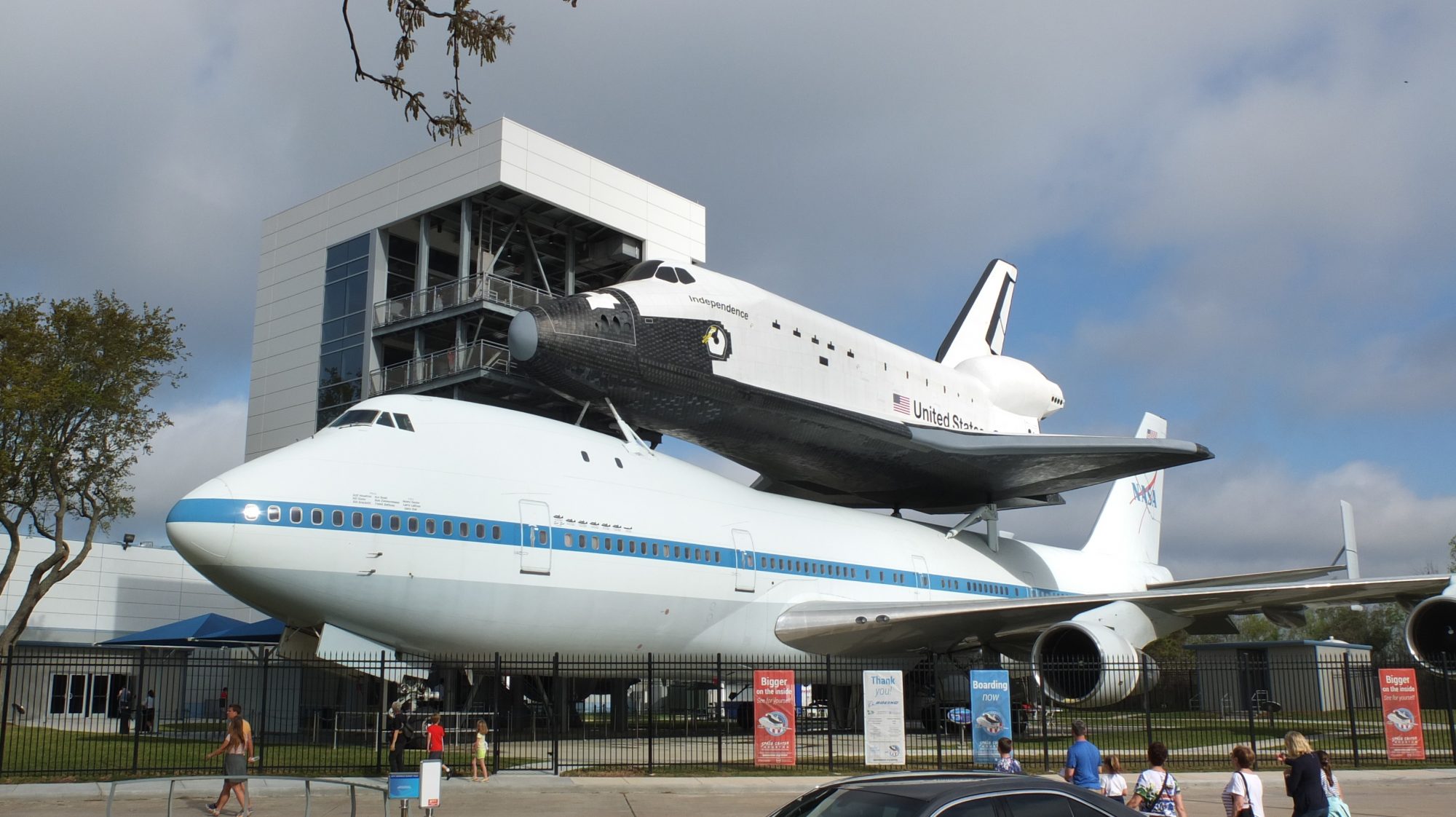Local trips
Breakfast was Indian style with a variety of meat and vegetable dishes. A lot more food than we are used to but very tasty and not too spicy. I think Xavier had toned it down a little as he likes his food very hot and spicy. All the food was prepared by their cook Sri Devi who kept us well supplied.
We spent a good part of the day driving around the area visiting Xavier’s childhood locations. We stopped by one of the many paddy fields where the rice was growing. As we were taking photos a cousin of Xavier appeared on his Royal Enfield motor bike.
The area is full of waterways and canals, many of which are choked with weed such as water hyacinth. Canals used to be the main mode of transportation but not anymore. Transport is dominated by buses, motorbikes, scooters and bicycles. There are thousands of the three wheel putt-putts! We saw many examples of whole family riding on the one scooter. Signs of human activity are everywhere with roadsides littered with small shops. All the towns and villages we passed through were teaming with people shopping or doing business in the miriad of both small and large shops. India is the nation of shopkeepers not Britain.
We spent a little time at St George’s Pilgrimage Centre in Alappuzha where we lit candles for various friends and relations.
Our final stop before returning home was the Aiswaryqa Silks shop in Changanacherry. Yvonne bought two shalawar kamees which she was to find more suitable for the heat.
Soon after arriving home guests started arriving for a family party for Sonia and Matthew. Eventually we moved off to a very smart restaurant called Memories where over a hundred of Xavier’s cousins along with some of his sisters and some of their children many of whom were around Sonia’s age. We met some people who had been at the wedding in May. It was a great occasion. Yvonne tried very hard to get the names and work out the family tree.
We arrived back home at about 10pm after a very long day filled with the diversity of India – religious, cultural and economic.
